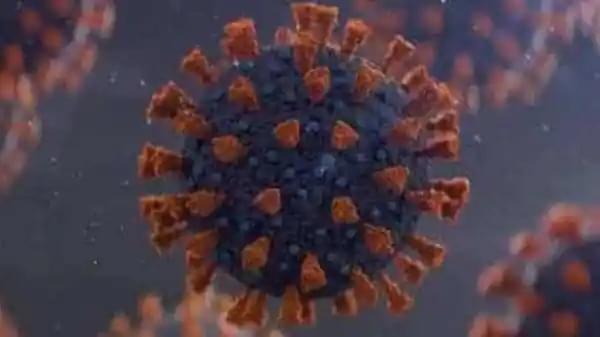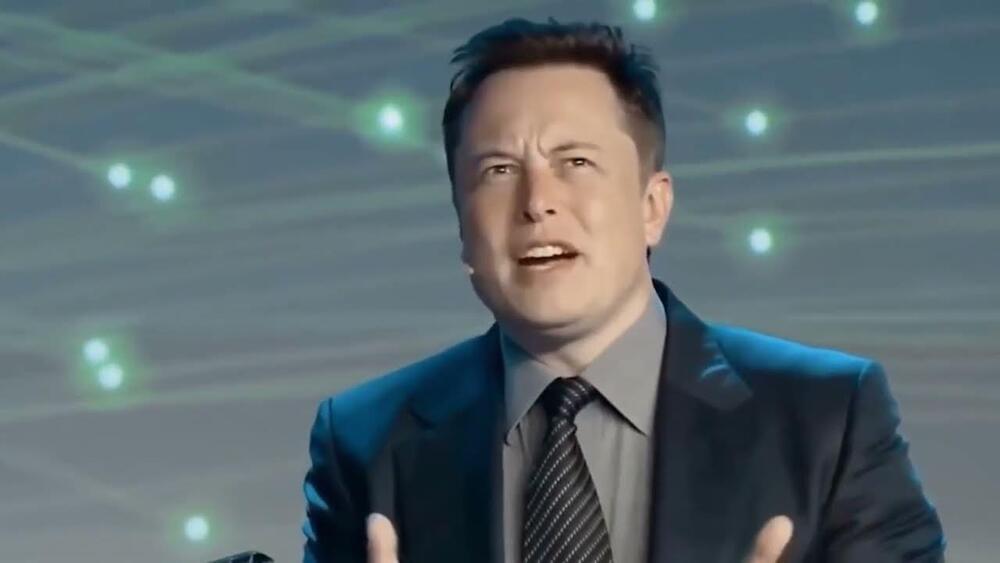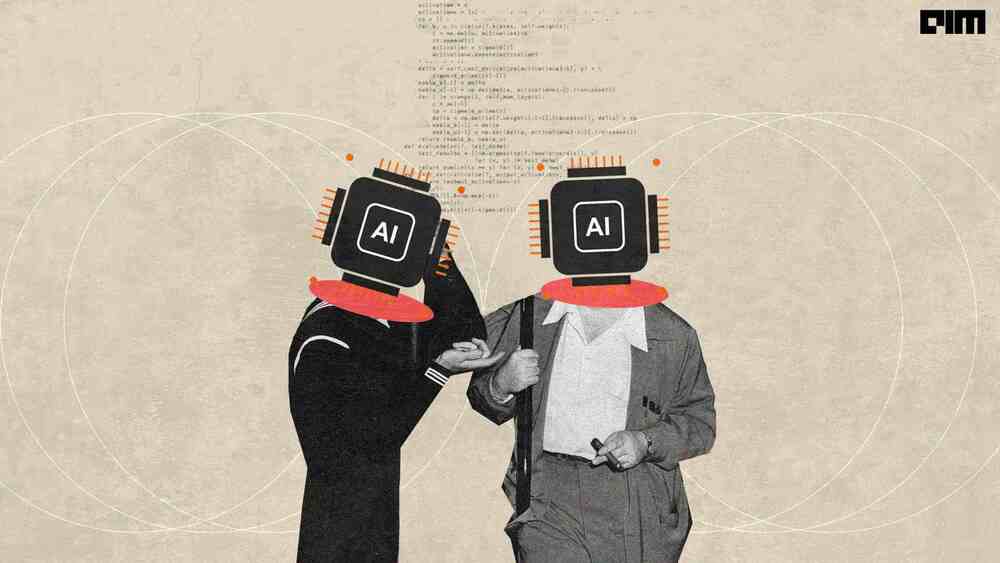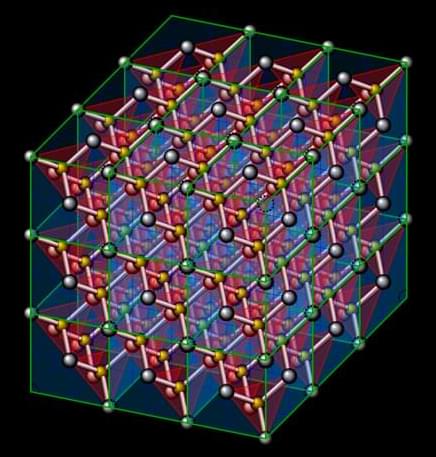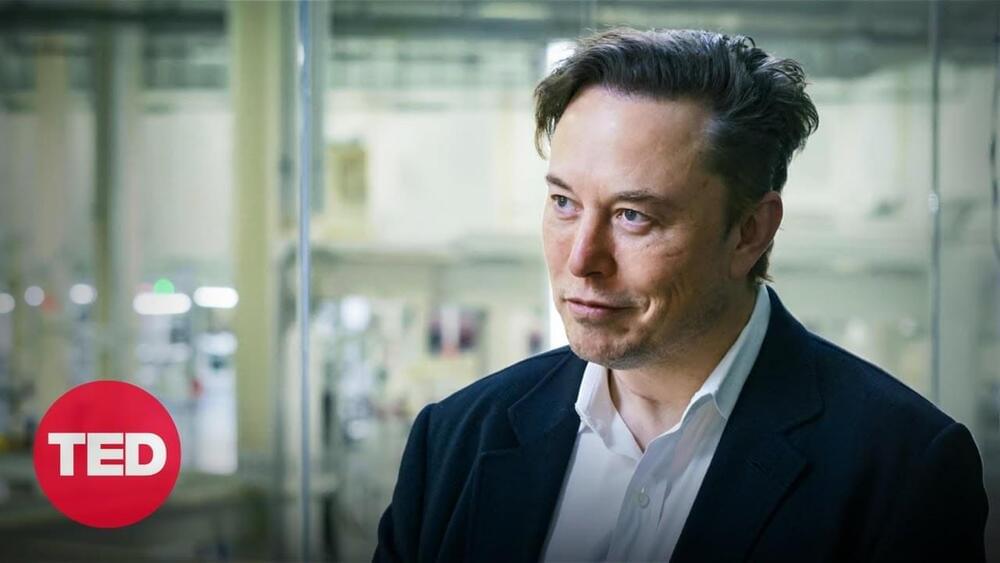The hotspots of virus-jumping will be regions with species-rich ecosystems (particularly areas of Africa and Asia) and areas that are densely populated like India and Indonesia.
Alignment of NASA’s James Webb Space Telescope is now complete. After full review, the observatory has been confirmed to be capable of capturing crisp, well-focused images with each of its four powerful onboard science instruments. Upon completing the seventh and final stage of telescope alignment, the team held a set of key decision meetings and unanimously agreed that Webb is ready to move forward into its next and final series of preparations, known as science instrument commissioning. This process will take about two months before scientific operations begin in the summer.
The alignment of the telescope across all of Webb’s instruments can be seen in a series of images that captures the observatory’s full field of view.
“These remarkable test images from a successfully aligned telescope demonstrate what people across countries and continents can achieve when there is a bold scientific vision to explore the universe,” said Lee Feinberg, Webb optical telescope element manager at NASA’s Goddard Space Flight Center.
When it comes to responding to emerging threats, the Pentagon’s director for electromagnetic warfare suggested today that the US military’s electronic warfare organization should borrow a leaf from SpaceX.
SpaceX founder Elon Musk said that Russia had jammed Starlink terminals in Ukraine for hours at a time after SpaceX shipped Starlink terminals to Ukraine in February in an apparent effort to help Ukraine preserve its internet connection amid the war with Russia. Starlink was back up and running after a software upgrade, according to Musk, who added on March 25 that the constellation had “resisted all hacking & jamming attempts” in Ukraine.
Assuming Musk — who is known for being a showboater in his public pronouncements — is giving an accurate image, a private company thwarting Russian EW attempts with software updates is the kind of thing that makes Pentagon EW experts sit up and take notice.
“That’s wonderful from the standpoint of an EW technologist. Dave Tremper, head of electronic warfare for the Pentagon’s acquisition office, remarked, “That paradigm and how they executed that is sort of eyewatering to me.” “We need to be able to upgrade in the same way that Starlink was able to when a threat appeared. We need to be able to modify our electromagnetic posture quickly, and we need to be able to change what we’re attempting to do without sacrificing capabilities.”
For years, the brain has been thought of as a biological computer that processes information through traditional circuits, whereby data zips straight from one cell to another. While that model is still accurate, a new study led by Salk Professor Thomas Albright and Staff Scientist Sergei Gepshtein shows that there’s also a second, very different way that the brain parses information: through the interactions of waves of neural activity. The findings, published in Science Advances on April 22, 2022, help researchers better understand how the brain processes information.
“We now have a new understanding of how the computational machinery of the brain is working,” says Albright, the Conrad T. Prebys Chair in Vision Research and director of Salk’s Vision Center Laboratory. “The model helps explain how the brain’s underlying state can change, affecting people’s attention, focus, or ability to process information.”
Researchers have long known that waves of electrical activity exist in the brain, both during sleep and wakefulness. But the underlying theories as to how the brain processes information—particularly sensory information, like the sight of a light or the sound of a bell—have revolved around information being detected by specialized brain cells and then shuttled from one neuron to the next like a relay.
A 200-μm scale 3D reconstruction of the human brain was created based on ultrahigh-field quantitative MRI and light microscopy.
Eleuther AI developed GPT Neo, an open-source model, an autoregressive transformer using the mesh library.
Engineers have developed a way to mass-produce diamond wafers that could store the equivalent of a billion Blu-ray disks on a single device.
Elon talks about x-risks and making us a multi-planetary species, amongst other things.
What’s on Elon Musk’s mind? In this exclusive conversation with head of TED Chris Anderson, Musk details how the radical new innovations he’s working on — Tesla’s intelligent humanoid robot Optimus, SpaceX’s otherworldly Starship and Neuralink’s brain-machine interfaces, among others — could help maximize the lifespan of humanity and create a world where goods and services are abundant and accessible for all. It’s a compelling vision of a future worth getting excited about. (Recorded at the Tesla Texas Gigafactory on April 6, 2022)
Just over a week after this interview was filmed, Elon Musk joined TED2022 for another (live) conversation, where he discussed his bid to purchase Twitter, the biggest regret of his career, how his brain works and more. Watch that conversation here: https://youtu.be/cdZZpaB2kDM


